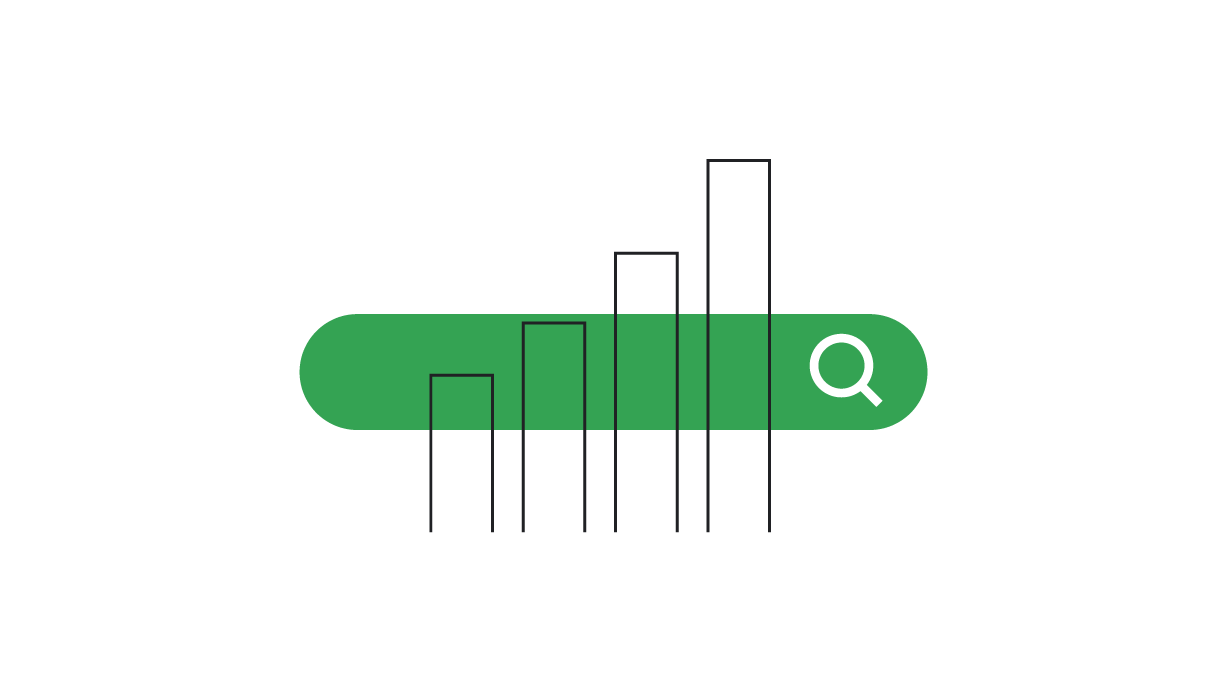As the world continues to navigate uncertainty related to the coronavirus, retailers are faced with many tough decisions — shifting business hours, closing their stores, fluctuating supply chains, protecting front-line employees — all while ensuring public health is the cornerstone of these decisions.
Google is committed to helping retailers adapt to this ever-changing environment, and brands from McDonald’s to IKEA are doing their part to help during this crisis. In the retail industry specifically, many retailers are looking to their peers for how they can do more, especially because consumers wish to hear how brands and companies are responding to the current situation.
Here are some helpful ways we’ve seen retailers be there for their customers, employees, and communities in these uncertain times.

Be current and transparent
People are looking for practical, relevant information and trust companies to deliver, so make sure to promptly communicate any expected business or product updates. This sentiment is particularly strong in Vietnam, with 88% of consumers saying it is completely acceptable for companies and brands to be communicating at this time, followed closely by Australian (87%) and Chinese (86%) consumers.1 Consumers are also shopping for essentials, with 1.8X growth in delivery searches worldwide.2 Helpful details brands could communicate include changes of hours, store closures, and changes in order fulfillment times.
Ensure product safety
Efficient and dependable supply chains are the backbone of retail, and many retailers are examining each step in their supply chains to ensure products are safe for their employees and customers. People are concerned about where their products are from and whether they’re in stock. Over 50% of Australian consumers said that brands can be most helpful to them right now by setting realistic expectations regarding availability of or impact on their products and services.3 Again, proactive and timely communication are key.

Show up in new ways
While your business is adapting, so are your customers. Customers are adjusting financially; big purchases such as luxury items, technological devices, and home appliances are taking the backseat, with 20% of global consumers delaying such purchases.4 They are also venturing out of their comfort zone; in India and Australia, over 30% of consumers bought brands they don’t normally buy.5 As customers are facing unprecedented change, some companies are finding novel ways to recognize these life altering shifts to connect.
In the wake of social distancing, people are turning to videos on how to cope and stay healthy. Nike has offered more free at-home workouts on its training app to help those at home stay fit. Singapore gaming company Razer is now manufacturing and donating masks, while Hong Kong delivery services GOGOVAN and Pickupp are helping pick up and deliver saliva samples for COVID-19 testing to the Department of Health.
To protect their staff and ensure that customers get their daily necessities safely, APAC providers like Grab, GoJek, and Food Panda are offering solutions such as contactless delivery. In China, brands like Alibaba have opted for self-service innovations such as vending machines and unmanned stores.
Companies are also finding ways to help enrich customers’ lives and stay connected. Indonesian ed-tech startups Zenius and Ruangguru are offering free online courses to students to support home-based learning. On the entertainment front, JingDong, a large e-commerce platform in China, collaborated with Taihe Music Group and various alcohol brands to bring the club to people’s living rooms, live-streaming a three-hour DJ set every week.









